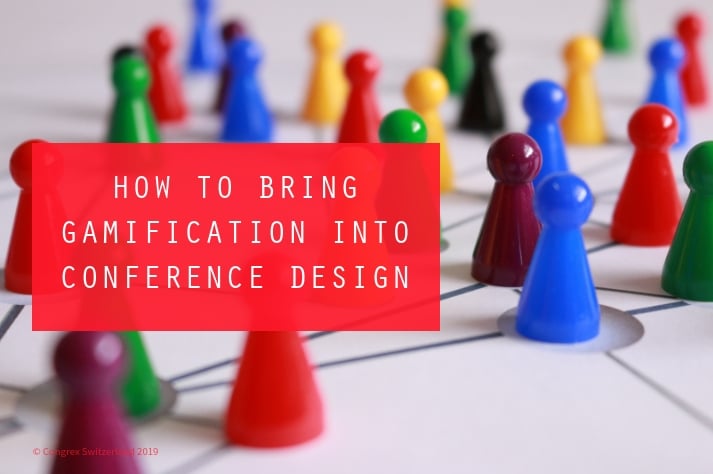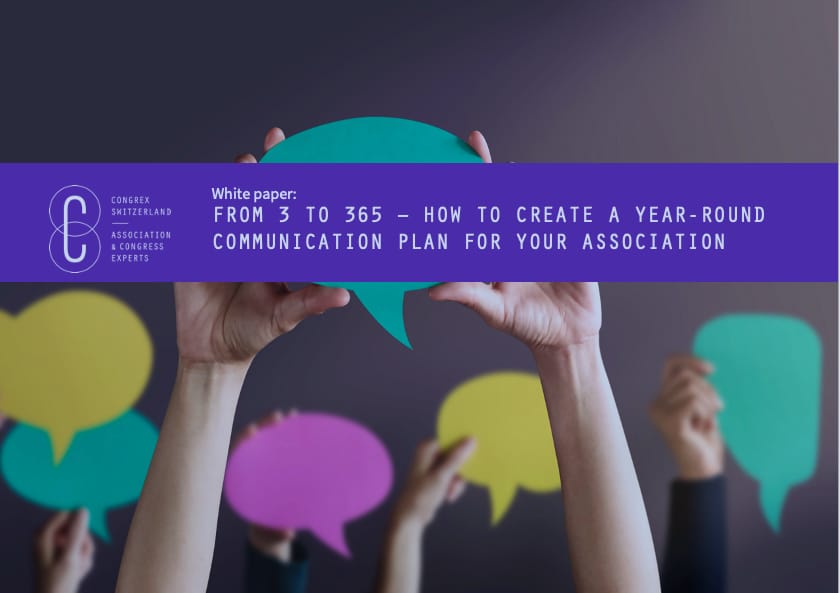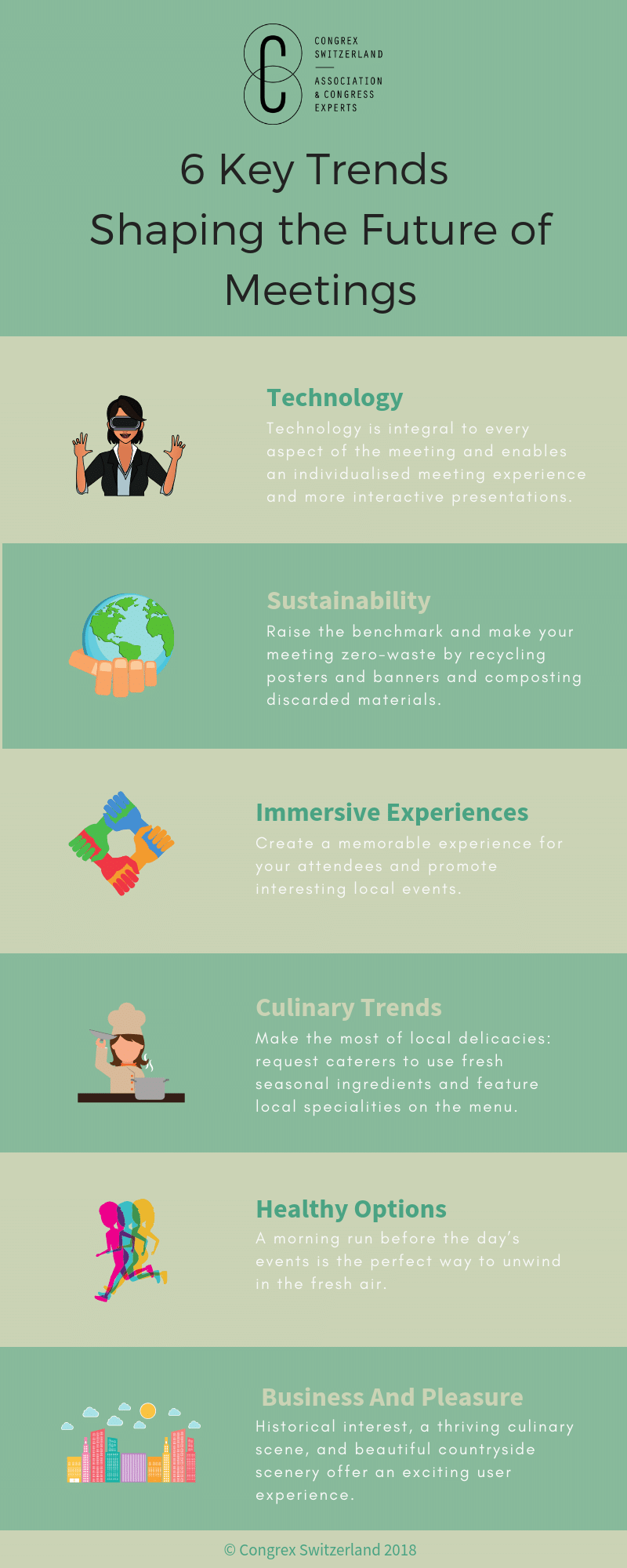All over the world, the gamification market is going from strength to strength, achieving a value of more than $5.5 million and expected to grow by an additional 30 per cent by 2024. Gamification is now a pervasive trend in multiple industry sectors, and as such, it has an application to conference organisation and design too.
If you plan international conferences, bringing game design into the formula is a smart move that can take the attendee experience to a new level and amplify your conference’s reach and impact. Let us start by examining the main reasons to incorporate gamification into your conference design strategy.
The Benefits Of Gamification In Conference Design
Gamification can boost attendee engagement by strengthening motivation. It taps into the inherent competitive element built into our brains: when we get positive feedback about something we have done, our brains release dopamine (the feel-good hormone), and we’re more inclined to repeat the action. This is a deeply embedded mechanism and establishes an action-reward cycle that forms the basis for engagement.
Gamification also makes information easier to digest. Game-based learning is used in education, as it helps break information down into small, easy-to-digest chunks. These have more chances of being stored in our long-term memory. Overall, gamification makes learning more enjoyable and is a powerful way of triggering a constant state of engagement. This is something crucial considering that keeping attendees engaged is one of the biggest challenges for conference organisers.
Moreover, gamification can reinforce your marketing efforts and strengthen your conference’s reputation as an event worth attending. This method has been successfully used in brand-building, so applied to conference design it has the potential to organically amplify the reach of your event, by motivating attendees to recommend your event to others.
Key Principles For Incorporating Gamification Into Conference Planning
Like any other technique, gamification works best when implemented strategically. The following key principles are useful in every aspect of event design and planning process:
- The game-based design must be coherent with the conference’s purpose and theme, as well as with attendee profile and interests.
- Account for all attendee learning and information-processing styles. Some will be more competitive, others will be more inclined towards discovery, etc.
- Do not focus on the game at the expense of the message. In other words, you want to make sure that game design is the medium and not the end, presenting information in the context of a game and not the other way around.
- Make it simple and provide clear instructions, linking actions and rewards with a focus on the value of the experience. But do not make it too easy, since challenges are one of the key aspects of gamification.
- Establish continuity and set up goals or actions along a time continuum to keep participants motivated for the duration of the event.
Implementing Gamification At Conferences
Conference gamification is commonly associated with event apps, which are a valuable tool at many levels. However, effective gamification requires more than having a dedicated app. Here are other techniques you can use:
- Bring keynote speakers onboard: allocate points to attendees who engage with them or have them schedule a Q&A session where attendees vote the best question.
- Target common conference disruptions (like late arrivals) by rewarding punctuality.Set up a leaderboard and offer rewards to your top content sharers or to the most active attendees. Social is king and new technologies now make it easier to implement via digital displays, live Twitter feeds, etc.
- Create a game or relaxation corner at the venue where attendees can practice sports, yoga, meditation, play video games, or use VR platforms. Gamification isn’t only about competition, and you can get sponsors involved too.
- Organise post-event activities and award points for participation or for making new connections. These could include social evening events after the event’s last session (conducted either live or remotely); offering rewards for completing surveys requesting feedback; inviting attendees to write a guest blog post on the organiser’s site, or get attendee teams to create their curated online content libraries and then select the best.
Conclusion
Game-based learning is set to become one of the cornerstones of modern conference design. The techniques discussed in this article can help you create high-quality and engaging experiences that add value to your event, strengthen your reputation, and keep attendees returning year after year. Why not give it a try at your next event?
To find out more about professional conference planning and how your association can benefit from hosting an event, get in touch with us at Congrex.
Congrex Switzerland is an internationally operating agency delivering customised solutions. This encompasses the overall organisation of conferences and meetings including the management of hotel rooms and the strategic consultancy. Annually Congrex Switzerland organises approximately 45 events with over 73’000 delegates. Amongst our clients are international associations, governmental organisations and corporations.








